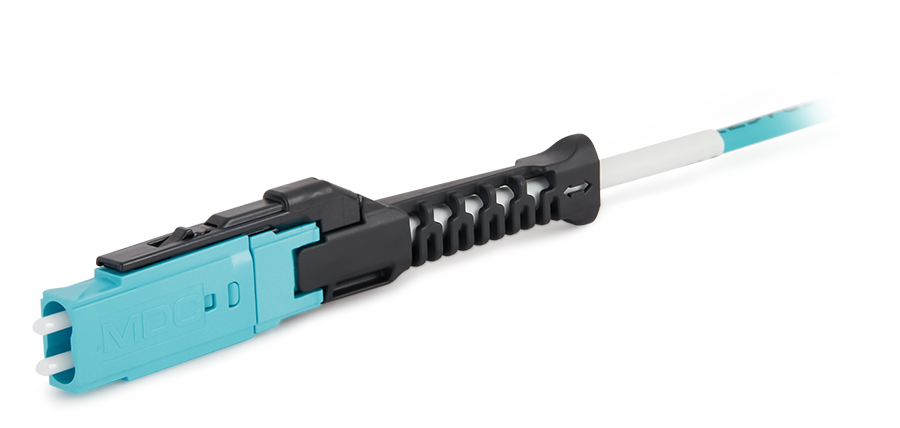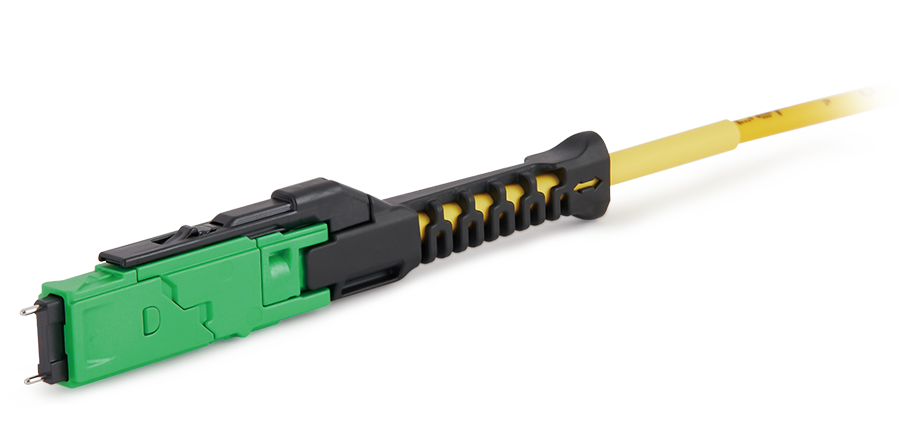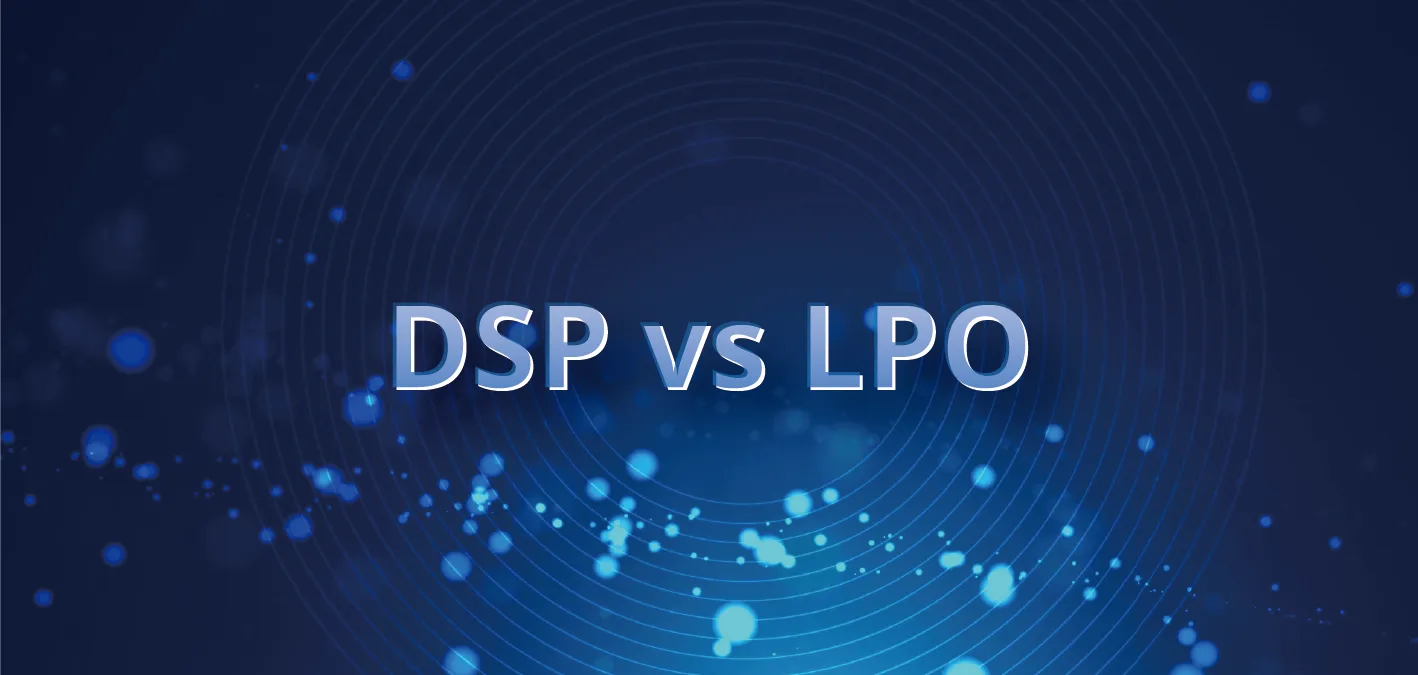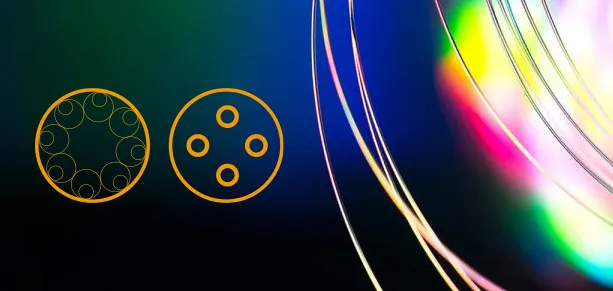According to the different network structures, the distribution methods of PLC splitters in the network are also different. Generally, there are two types of fiber optical PLC splitters: centralized distribution and cascade distribution.
1. Centralized distribution of the PLC splitter
The centralized distribution of PLC splitter is that the fiber optical PLC splitter is centrally installed at a certain position between the optical line terminal (OLT) and the optical network unit (ONT), and the signals from the local side are centrally split and processed, and then transmitted separately to each end-user. It is more suitable for network applications where users are more concentrated. The splitting ratio of the fiber optical PLC splitter used here is usually 1:32 and 1:64.
The PLC splitter used in the optical fiber distribution hub has tray type, cassette type, and ABS box type; the fiber optical PLC splitter used in the optical fiber terminal box has bare fiber type and so on.
2. Cascade distribution of the PLC splitter
The biggest difference between the cascade distribution and the centralized distribution is that the cascade distribution has two-level light splitting (the centralized distribution has only one-level light splitting). Each fiber optical PLC splitter with PLC chip is distributed, and the splitting ratio of the primary splitter is 1:4, and the splitting ratio of the secondary splitter is 1:8. This distribution method is more complicated than the centralized distribution of PLC splitters, but it can maximize the use of optical fiber resources. In addition, the cabling is flexible, which is more suitable for network applications where users are more dispersed. The PLC splitter suitable for this application includes bare fiber type, micro type, ABS box type and so on.

 Fiber Optic Flex Circuit (FOFC)
Advanced Simulation & Optimization, High Positioning Accuracy, Flexible Customization, Rigorous Reliability Testing
Fiber Optic Flex Circuit (FOFC)
Advanced Simulation & Optimization, High Positioning Accuracy, Flexible Customization, Rigorous Reliability Testing MDC Solution
US Conec's MDC connector is a Very Small Form Factor (VSFF) duplex optical connector, expertly designed for terminating single-mode and multimode fiber cables with diameters up to 2.0mm.
MDC Solution
US Conec's MDC connector is a Very Small Form Factor (VSFF) duplex optical connector, expertly designed for terminating single-mode and multimode fiber cables with diameters up to 2.0mm. MMC Solution
US Conec's Very Small Form Factor (VSFF) multi-fiber optical connector that redefines high-density connectivity with its cutting-edge TMT ferrule technology and intuitive Direct-Conec™ push-pull boot design.
MMC Solution
US Conec's Very Small Form Factor (VSFF) multi-fiber optical connector that redefines high-density connectivity with its cutting-edge TMT ferrule technology and intuitive Direct-Conec™ push-pull boot design. EN
EN
 jp
jp  fr
fr  es
es  it
it  ru
ru  pt
pt  ar
ar  el
el  nl
nl 



_and_High-Reflection_(HR)_Optical_Coatings.webp)
